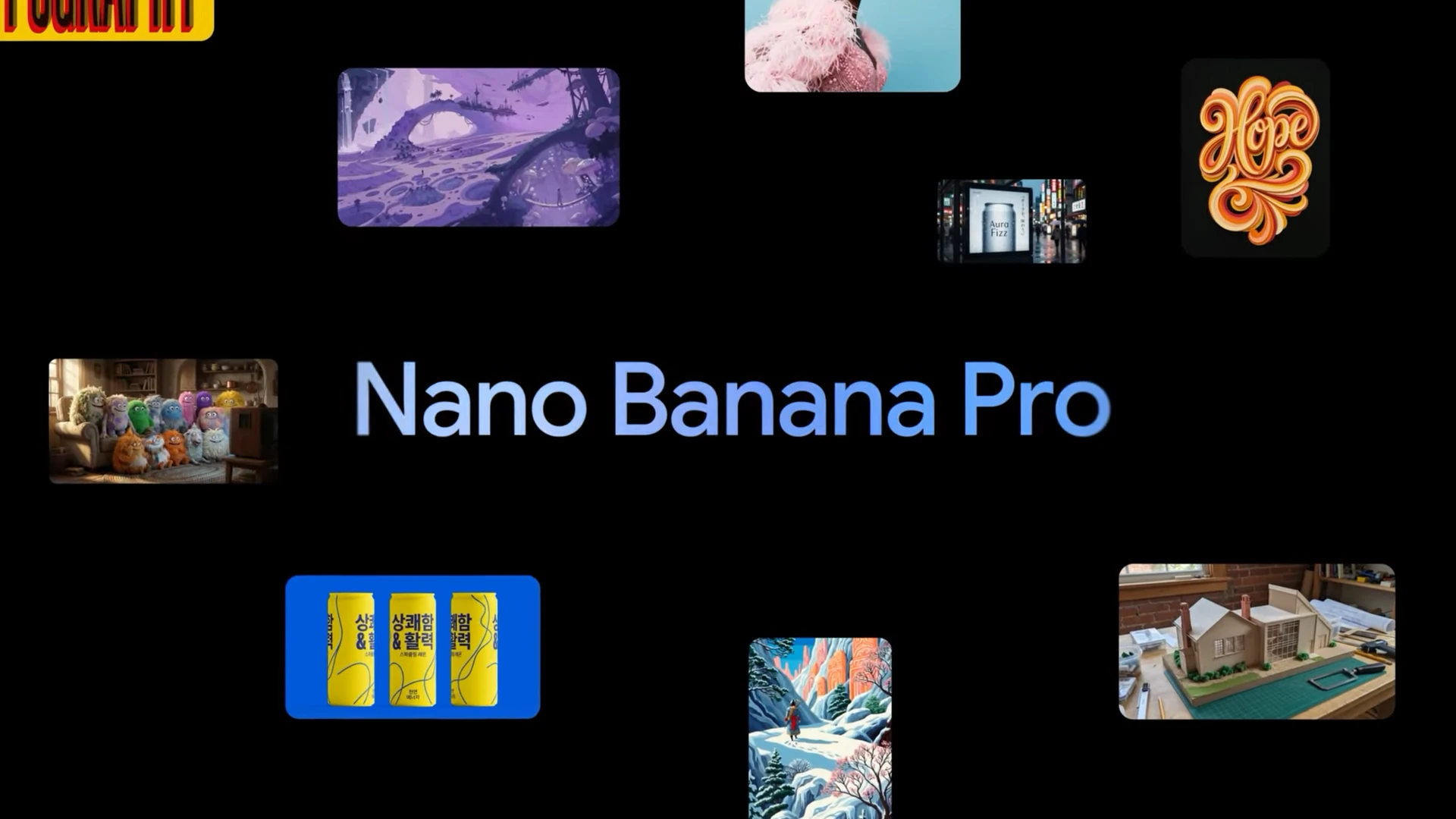Google has revised access policies for its Gemini 3 Pro and Nano Banana Pro tools, limiting free users’ capabilities due to “overwhelming demand.” The changes come less than a week after the launch of these advanced features, which have attracted significant attention and usage.
Changes to Free Access Limits
Initially, free users of Gemini 3 Pro could submit up to 5 prompts daily, mirroring the previous model’s restrictions. Additionally, they were allowed to create up to 3 images per day using the popular Nano Banana Pro generator. However, Google has now updated its support documentation, stating that free users will experience “Basic access” to Gemini 3 Pro. This means that daily limits may fluctuate based on server capacity and usage levels.
The limit for image generation with Nano Banana Pro has also been reduced. Free users can now only generate 2 images per day, a decrease from the previous allowance of 3. These adjustments reflect Google’s response to the substantial demand for its AI tools.
Impact on Other Features and Paid Users
The increased demand has also impacted other Google services. The company recently announced a temporary rollback of certain features in NotebookLM, specifically the Infographics and Slide Decks options. Free users have lost access to these features entirely, while Pro users are facing “additional limits” as Google works to manage the current capacity challenges.
In an official statement, Google acknowledged the situation, stating, “Due to the overwhelming demand, we’re experiencing some capacity constraints… however we plan on bringing everything back to normal as soon as we can!”
For those who have subscribed to paid plans, the situation is markedly different. Users of Google AI Pro can continue to enjoy up to 100 prompts daily, while those on the Google AI Ultra plan maintain a limit of 500 prompts per day. This strategy appears to prioritize paying customers while Google addresses the increased demand and works on expanding its computational resources.
As the AI landscape continues to evolve, these changes underline the balancing act tech companies must perform between innovation, user demand, and service reliability.






























































